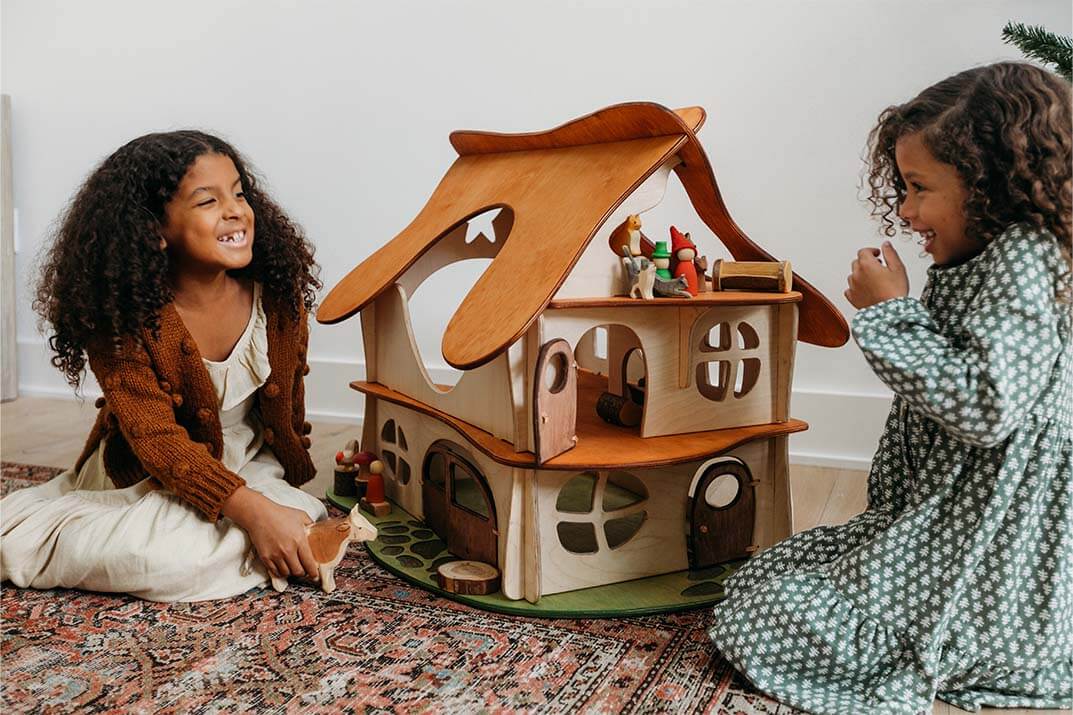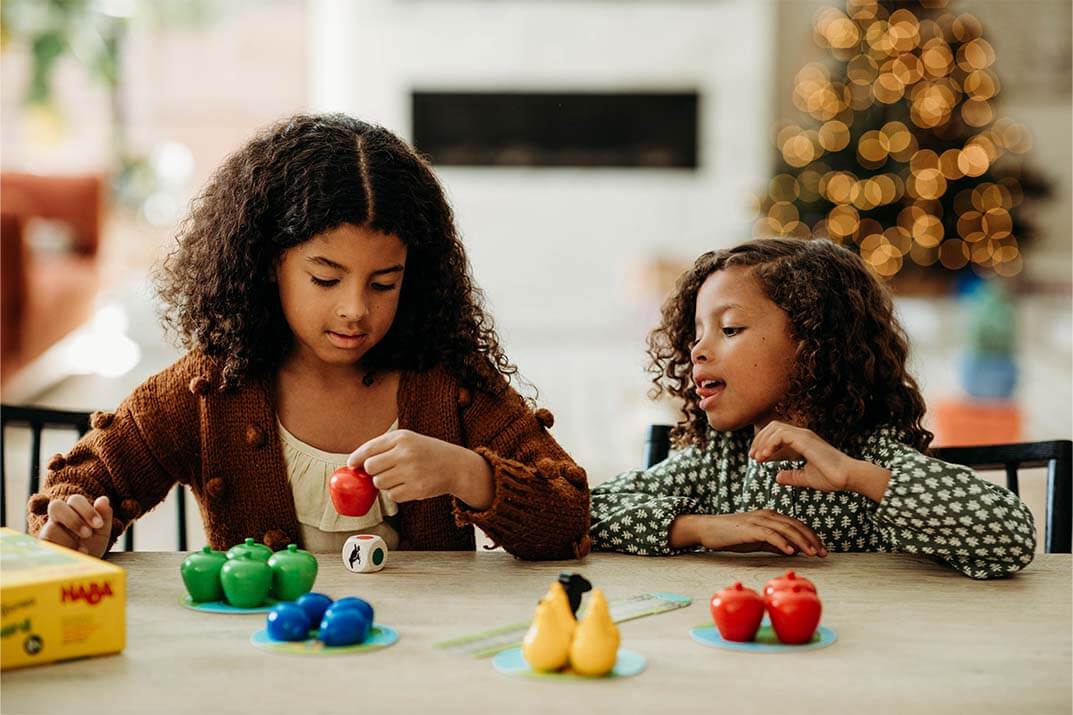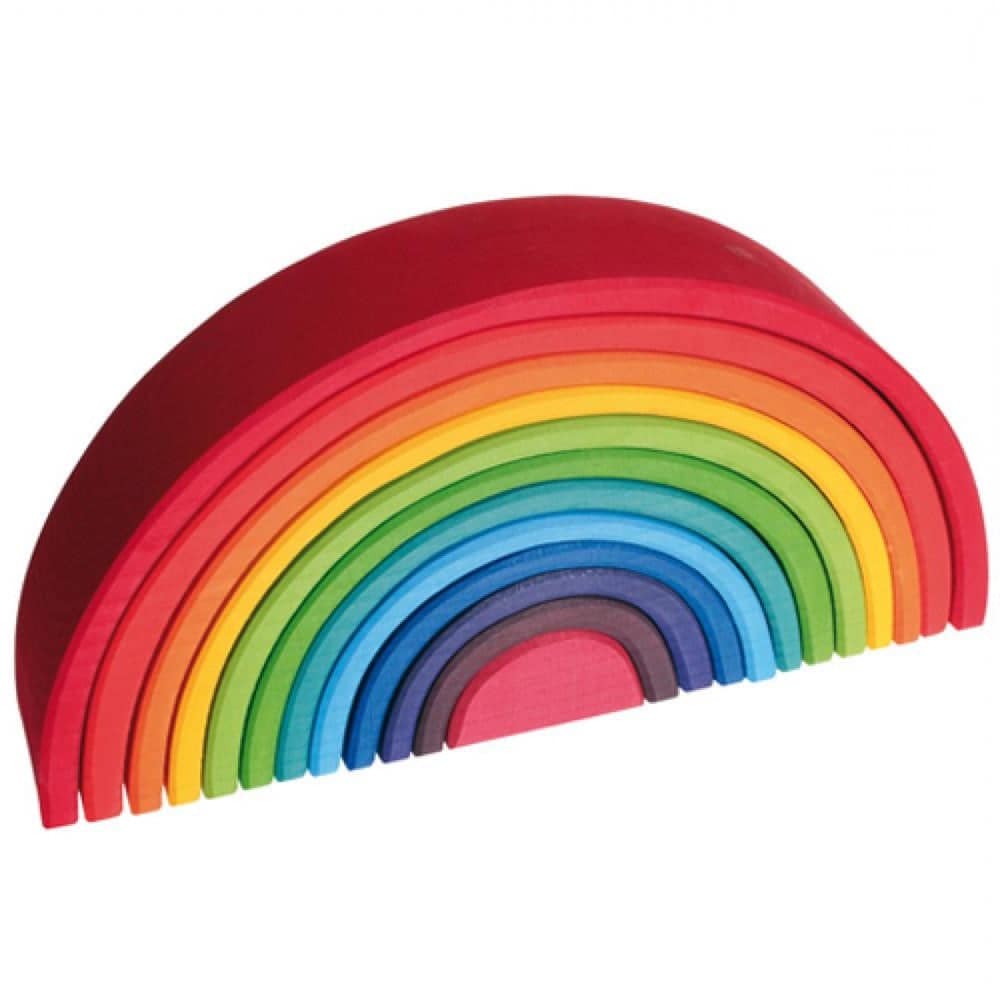When it comes to music in Waldorf education, the pentatonic scale plays a vital part in nurturing and developing children’s imagination and creativity.
The pentatonic scale is a five-note musical scale consisting of the notes D-E-G-A-B. This scale is commonly used in Chinese and other Asian music, as well as American folk songs.
Unlike the diatonic scale with seven notes, the pentatonic scale has no discordant notes. Everything played on a pentatonic instrument will sound harmonious and beautiful!

Why the Pentatonic Scale?
Rudolf Steiner recommended pentatonic music for the young child because of the ethereal and dreamy sound produced. A young child’s body spends a lot of energy growing in its first seven years. Steiner believed that maintaining this dreamy state in the early years, instead of awakening higher intellect too soon with academic learning, frees up a child’s energy for their physical growth.
The diatonic scale is considered too earthly and grounding for these early years. It is typically not introduced until 3rd grade, around the 9-year change, when children will switch from the pentatonic flute to a diatonic recorder.

Bringing Pentatonic Music Into Your Home
Early Waldorf classrooms will feature many instruments and songs using the pentatonic scale, but bringing it into your home can be just as fun. Learning seasonal and circle time songs to sing along with your children is a simple way to start. Here are some of our favorite song books and instruments to help.
Pentatonic Delight: Songbook and CD A lovely collection of 40 pentatonic songs written in musical notation, with an accompanying CD.
Curved Pentatonic Glockenspiel The closed back of the glockenspiel creates a louder clear tone that resonates. They are often used during storytelling in Waldorf classrooms.
Children's Pentatonic Glockenspiel This glockenspiel differs slightly from the curved version with a simpler, straight body, making it easier for children to grasp, and a more mellow tone.
Pentatonic Wooden Flute Introduced in the Waldorf classroom in first grade, this instrument is one of the staples in Waldorf music education.
Pentatonic Pat Bells Station A perfect musical introduction for small hands.
Kalimba - Thumb Piano A traditional instrument that originated in Africa thousands of years ago. This diminutive musical instrument is lightweight and portable, making it easy to take along anywhere. It comes in pentatonic and diatonic variants.




























Leave a comment